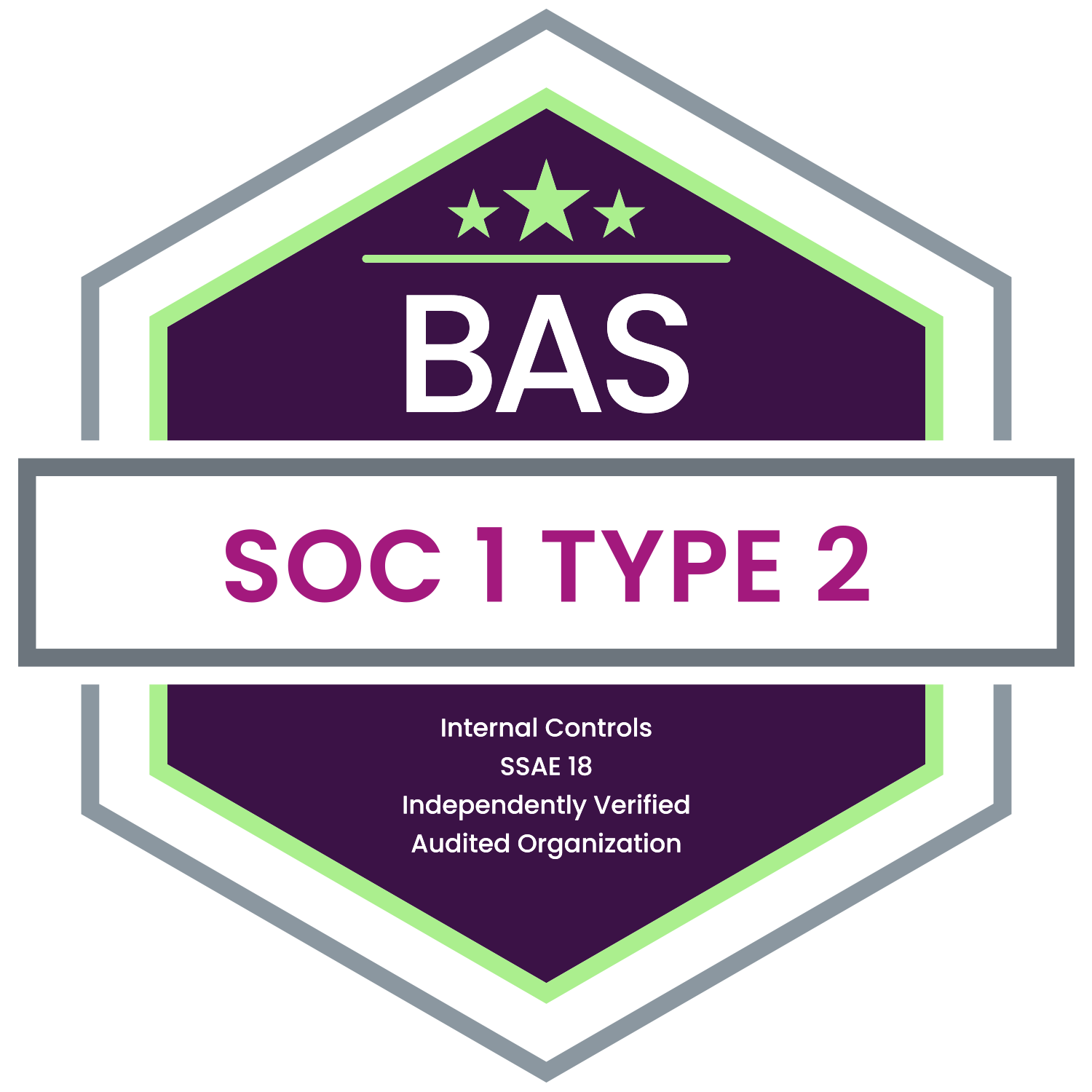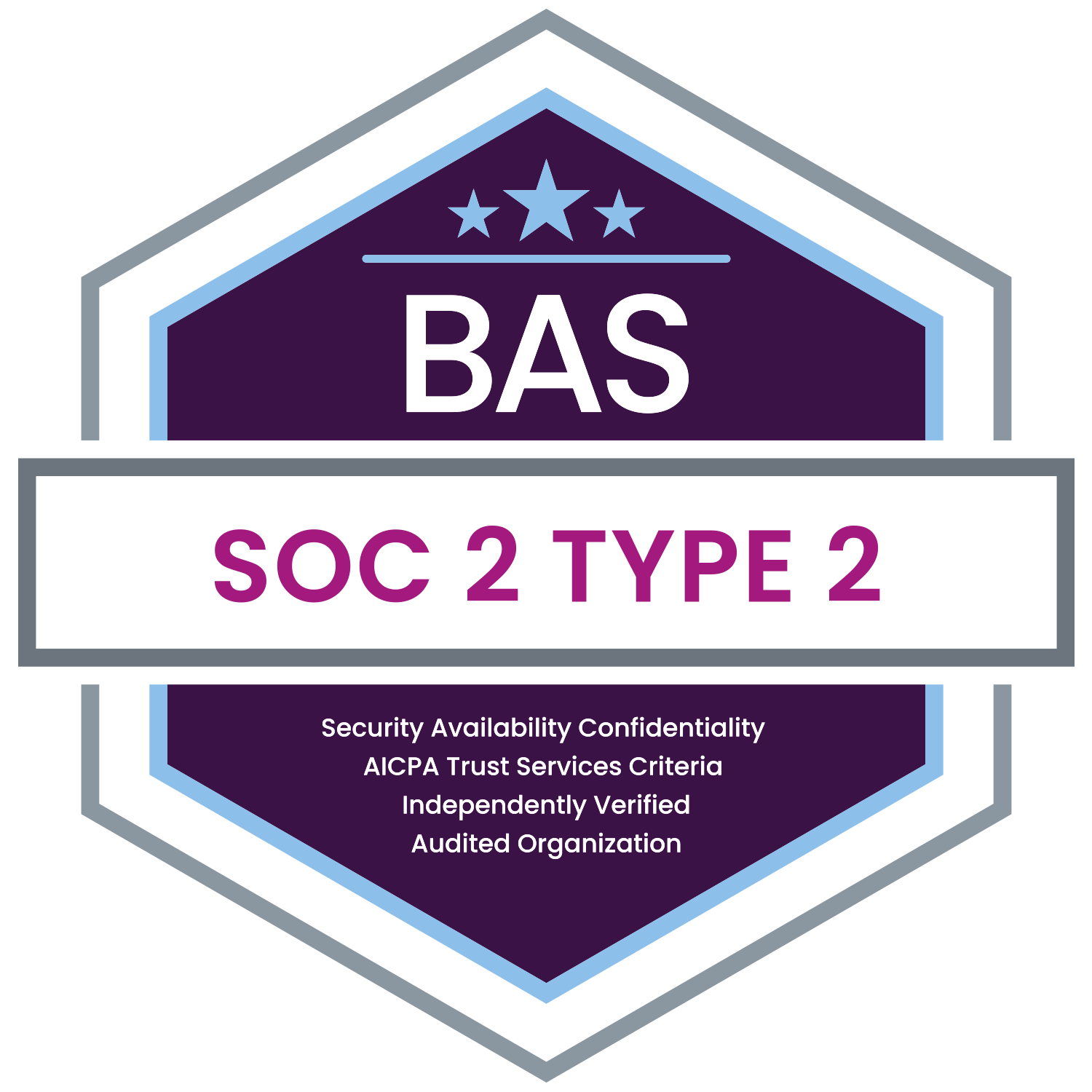Simplify ACA Reporting with Our Affordable and Accurate Solution
The Affordable Care Act (ACA) requires Applicable Large Employers (ALEs) to report on the health coverage they offer to their employees. The rules differ depending on whether an employer sponsors a fully insured or a self-insured plan. HR teams need to understand these distinctions to ensure compliance and avoid costly mistakes.
Fully Insured Employers
With a fully insured plan, the insurance carrier assumes financial responsibility for claims. In this arrangement, the carrier is responsible for filing and distributing Form 1095-B to covered individuals. Employers that are ALEs must also file and furnish Forms 1094-C and 1095-C for their full-time employees to show compliance with the employer mandate. Importantly, ALEs with insured plans do not complete Part III of Form 1095-C, because the carrier is responsible for reporting coverage. Employees in these situations may receive two forms: a 1095-C from the employer (offer of coverage) and a 1095-B from the carrier (proof of coverage). Employers with fewer than 50 full-time and full-time equivalent employees generally do not have to provide Form 1095-C.
Self-Insured Employers
Employers that self-insure bear the financial risk of claims. ALEs with self-insured plans must complete all parts of Form 1095-C, including Part III, which lists covered individuals. Small employers that are not ALEs but sponsor a self-insured plan may instead use Forms 1094-B and 1095-B or Forms 1094 and 1095-C.
Special Situations
- COBRA and retiree coverage: For self-insured ALEs, these individuals must be included on Form 1095-C. For insured plans, the carrier reports the coverage on Form 1095-B.
- Controlled groups and acquisitions: Employers in a controlled group must coordinate reporting across entities to ensure all employees are accurately reported.
- Hybrid funding: Level-funded plans are generally treated as self-insured for reporting purposes.
Employee Communication
Employees may receive multiple forms depending on the funding arrangement, which can cause confusion. HR teams should communicate in advance about why a 1095-C, 1095-B, or both may arrive. Employers should also remind employees that these forms are used when preparing individual tax returns.
Conclusion
ACA reporting obligations hinge on both the employer’s size and the funding method of the health plan. Only ALEs must file Form 1095-C, while carriers handle Form 1095-B for insured coverage. Self-insured employers, whether ALEs or not, carry greater reporting responsibilities. By understanding these rules and coordinating with carriers or third-party administrators, HR teams can ensure timely, accurate compliance.
Benefit Allocation Systems (BAS) provides best-in-class, online solutions for: Employee Benefits Enrollment; COBRA; Flexible Spending Accounts (FSAs); Health Reimbursement Accounts (HRAs); Leave of Absence Premium Billing (LOA); Affordable Care Act Record Keeping, Compliance & IRS Reporting (ACA); Group Insurance Premium Billing; Property & Casualty Premium Billing; and Payroll Integration.
MyEnroll360 can Integrate with any insurance carrier for enrollment eligibility management (e.g., Blue Cross, Blue Shield, Aetna, United Health Care, Kaiser, CIGNA and many others), and integrate with any payroll system for enrollment deduction management (e.g., Workday, ADP, Paylocity, PayCor, UKG, and many others).
This article is for informational purposes only and is not intended as legal, tax, or benefits advice. Readers should not rely on this information for taking (or not taking) any action relating to employment, compliance, or benefits. Always consult with a qualified professional before making decisions based on this content.









